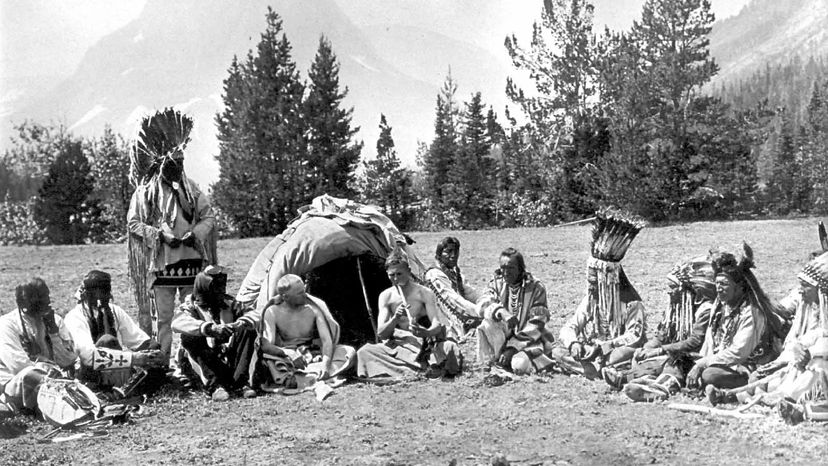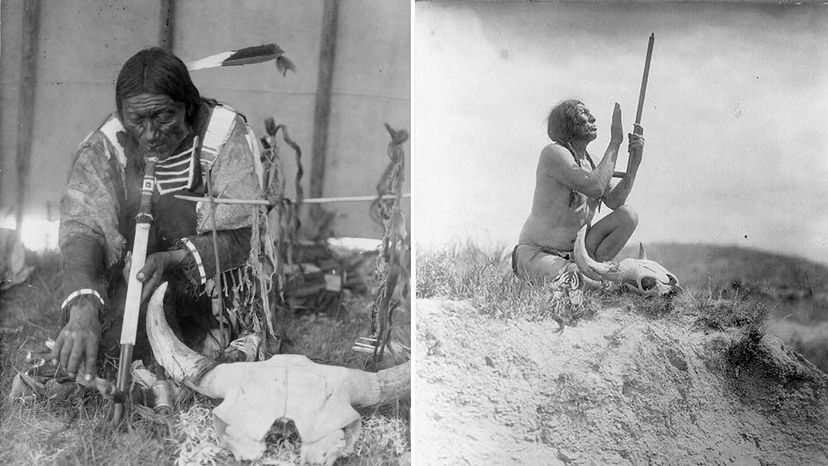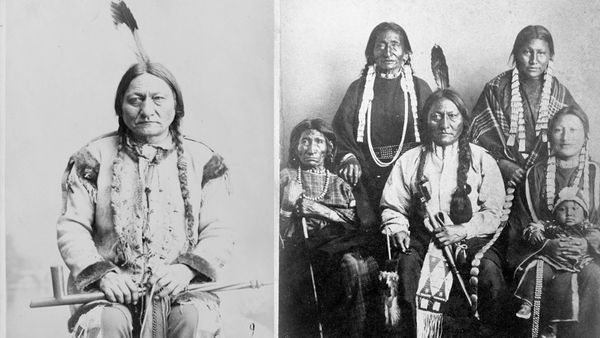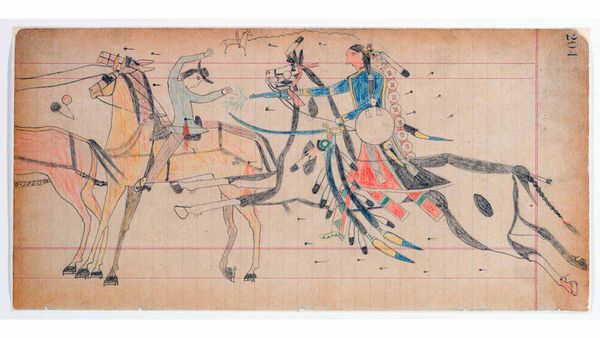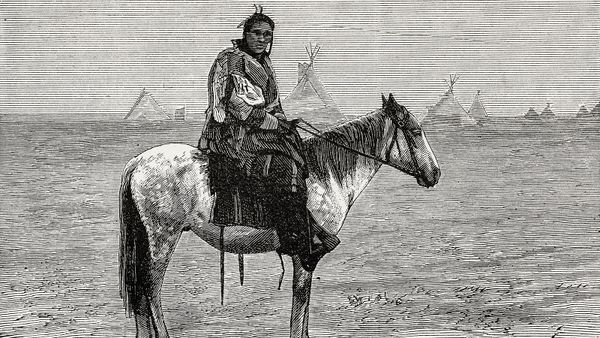
You've probably heard the expression "pass the peace pipe." It might have been when two parties struck a compromise after previously being at an impasse. The phrase comes from early American settlers and soldiers who noticed Indigenous peoples smoking ceremonial pipes during treaty signings. They misunderstood this to mean pipe smoking symbolized peacemaking in Native American culture and hence the word "peace pipe" and phrases like "pass the peace pipe" came about.
But, like many conventional American ideas about the history and culture of Indigenous peoples, the term peace pipe is a misnomer, says Gabrielle Drapeau, an interpretive park ranger at Minnesota's Pipestone National Monument and an enrolled member of the Yankton Sioux Tribe of South Dakota. Tribal enrollment requirements preserve the unique character and traditions of each tribe. The tribes establish membership criteria based on shared customs, traditions, language and tribal blood.
Advertisement
Many Native Americans smoke pipes — and not just in recognition of peace, but in ceremony and prayer as well as a way to connect with God. "So, don't use the term peace pipe," Drapeau says. "It's just 'pipe.'"
But these were — and are still — not just pipes. These artifacts, the tradition of pipe smoking and the ceremonies during which they are smoked hold far more significance for American Indian peoples across North America than the misnomer conveys.
Advertisement
